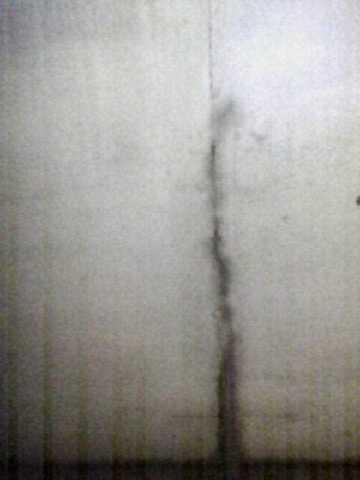
Wall Cracks Lead To Wet Areas Of Basement
The staining around this wall crack suggest that it has been allowing moisture in for some time now. This is one of many areas that suggest an entry point for moisture.

Consistent Moisture On Basement Stairs
Many of the steps leading down to this basement had water sitting on them. A solution to catch water along the base of the stairs would be part of our waterproofing.
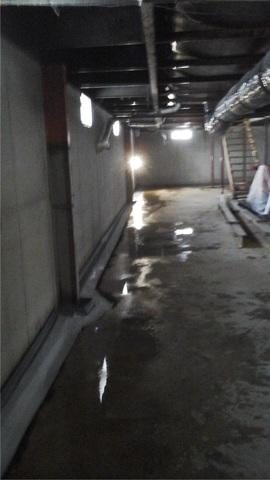
WaterGuard Set In Place
A small area along the perimeter of the basement was excavated and the WaterGuard drainage system was set in place along the footing of the home.
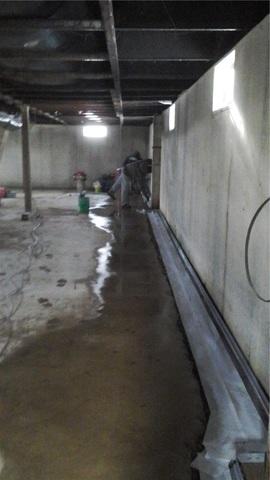
WaterGuard Installed Along The Entire Perimeter
In a basement with the amount of moisture this basement had, the perimeter system tends to span more of the walls. In basements with very specific trouble areas, the solution may be less comprehensive.
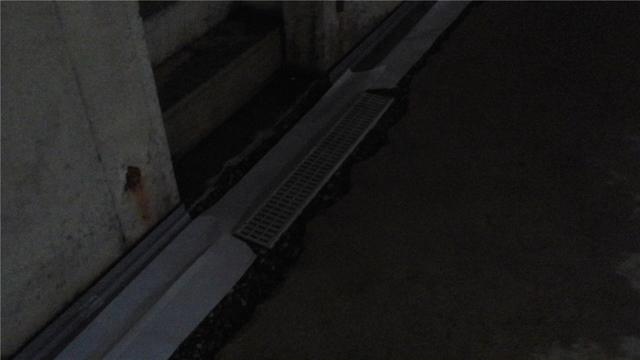
Trench Drain Installed At Base Of Stairs
The WaterGuard system is not designed to work well at the base of the basement stairs. In open areas like this, a trench drain allows water to flow into the drainage system and doesn't pose any trip hazards. It doesn't cost any more to add when you're installing the WaterGuard system either.
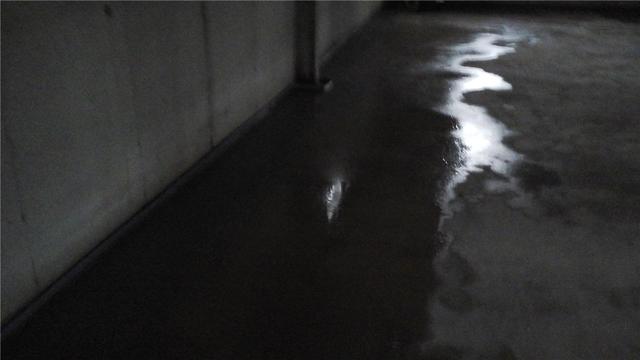
Concrete Replaced Along The Perimeter
Once the WaterGuard system was in place, we replaced the concrete, leaving only the small gap created by the drainage system along the base of the wall. This gap allows water to flow in the system and be moved to the sump pump.
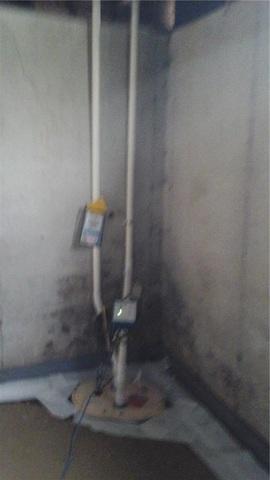
Home Protected At All Times By A TripleSafe Pump
A TripleSafe sump pump system consists of 3 pumps to make sure that your home is protected at all times. A 1/3 hp pump handles the brunt of the work while a 1/2 hp pump is installed slightly higher to help remove water in the event that the first pump fails or can't keep up. A third pump runs on a battery backup and will take over if the power goes out. Your basement not only stays dry; it stays dry all the time.









